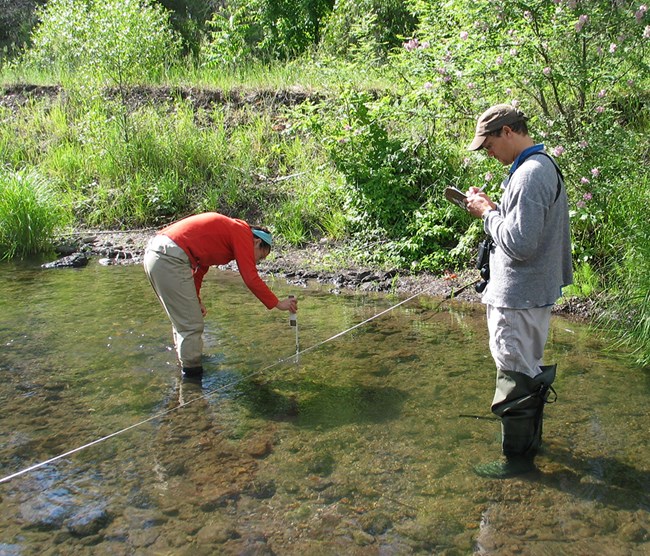
How do we know what we know? And how do we know that we can rely on what we know?
The Sonoran Desert Network was created to help solve a problem: too often, park managers lacked the information they needed to make scientifically sound decisions about park resources. Basic questions—“Which plants and animals are in this park?” “Has the park’s water quality changed in recent years?”—could be hard to answer without a consistent, long-term data record. Scientific research was being done in parks, but it tended to be project-based, intermittent, and performed by many individuals with different goals and methods over inconsistent time periods, making it difficult to compile and compare results.
To make sure park managers had access to basic information about key resources in their parks, Congress instructed the Secretary of the Interior to create the Inventory and Monitoring Division in 1998, “to establish baseline information and to provide information on the long-term trends in the condition of National Park System resources.” Today, 32 inventory & monitoring networks serve hundreds of National Park Service units throughout the country, helping to turn “I don’t know” into “Let’s look at the reports.”
Sonoran Desert Network staff follow rigorous, peer-reviewed monitoring protocols to collect data on key indicators of ecosystem health, or “vital signs.” The protocols help ensure that the data are collected in the same manner and on a consistent schedule year after year—creating a long-term record that allows us to identify and track change. Before the start of monitoring, 12 basic inventories were conducted on natural resources at Sonoran Desert Network parks.
The Sonoran Desert Network also operates and is co-located with the Desert Research Learning Center, which provides space and support for visiting researchers and interns, hosts hands-on experiential learning for local student groups, and displays examples of sustainable practices and native horticulture.
Last updated: November 16, 2017
